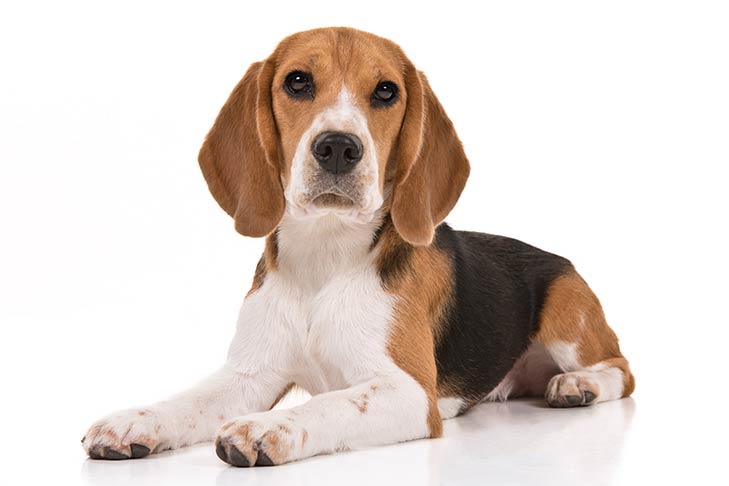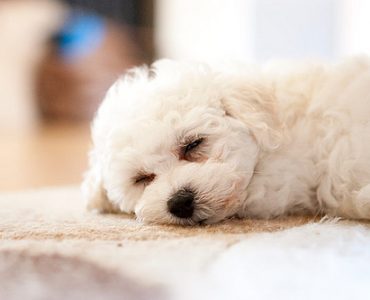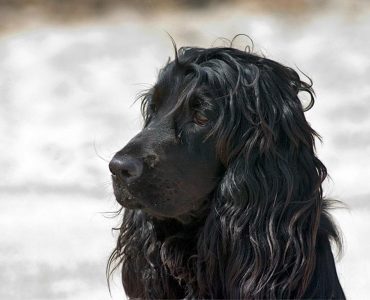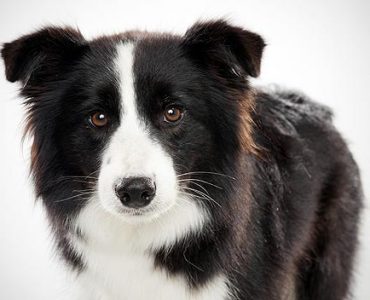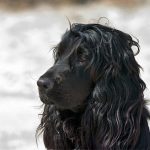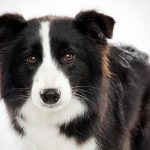The Beagle breed of dog is classified as a hound. They originated in England and are thought to have evolved through crossbreeding of the Harrier and several other types of hound. The Beagle is commonly used as a hunting dog for fox, hare, quail and other smaller animals and is normally used in a pack. They are also used extensively for detecting drugs and, unfortunately in recent years, in medical testing. The Beagle is famed for being a favourite pet of the British royal family.
The Beagle is a small and stocky dog. They are very hardy despite the impression given by their large sad eyes. The coat of this dog is short and simple to care for. It can easily be groomed and should only be bathed when necessary. Shedding occurs in average amounts and there are a variety of different coat colours in which the Beagle can be found. Tricolour and black and tan are common as are red, orange or lemon and white. The wide head is rounded and the ears hang like pendants. The nostrils are wider than many other breeds. This enables them to follow the scent of animals when hunting. They also have a distinctive howl or baying sound.
The Beagle is a happy and playful little dog. They love to be with people and other animals and therefore make excellent family pets. They are not rambunctious and are very loving. It is wiser not to mix them with smaller non-canine pets due to their natural instinct to hunt.
This breed needs firm training and management. It has a tendency to follow trails and scents and may take off into the distance if unleashed and appear not to hear its owner calling. Beagles must not be allowed to establish themselves as pack leaders in a human family. It is important that the owner does this instead. If they are allowed to take over, they will commonly exhibit undesirable behaviours such as barking, biting and property destruction. If the dog is adequately exercised and managed in a firm and consistent way, these can easily be avoided and the Beagle will be an ideal family pet.
The Beagle is a healthy breed over all. It has a life expectancy common to many breeds and this is around 12 to 15 years. As with all dogs there are some issues to which it is more prone. Heart disease and epilepsy are some of these. Eye problems and issues with the back are also common. Ears should also be regularly checked as their pendulous shape allows moisture to become trapped. This can lead to infection. The Beagle is also susceptible to a form of dwarfism, which can result in warping of its front legs.
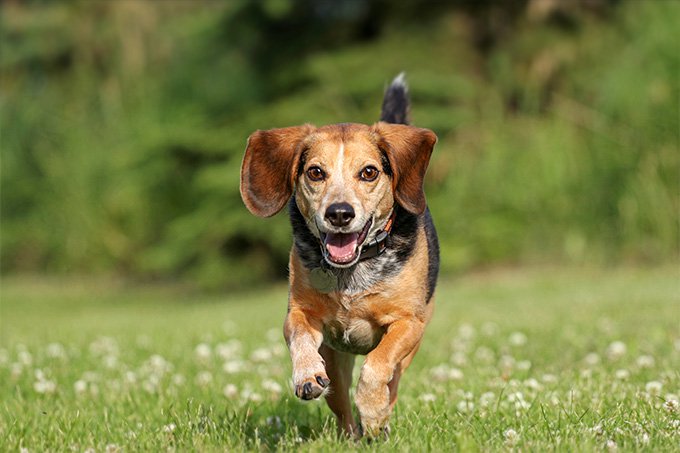
The Beagle, whilst small, does require plentiful exercise. They are very active inside as well as out and will be more content in a home that has at least a small outside space. They should be walked daily and it is wise to leash them when in open spaces due to their propensity to disappear in search of game.


